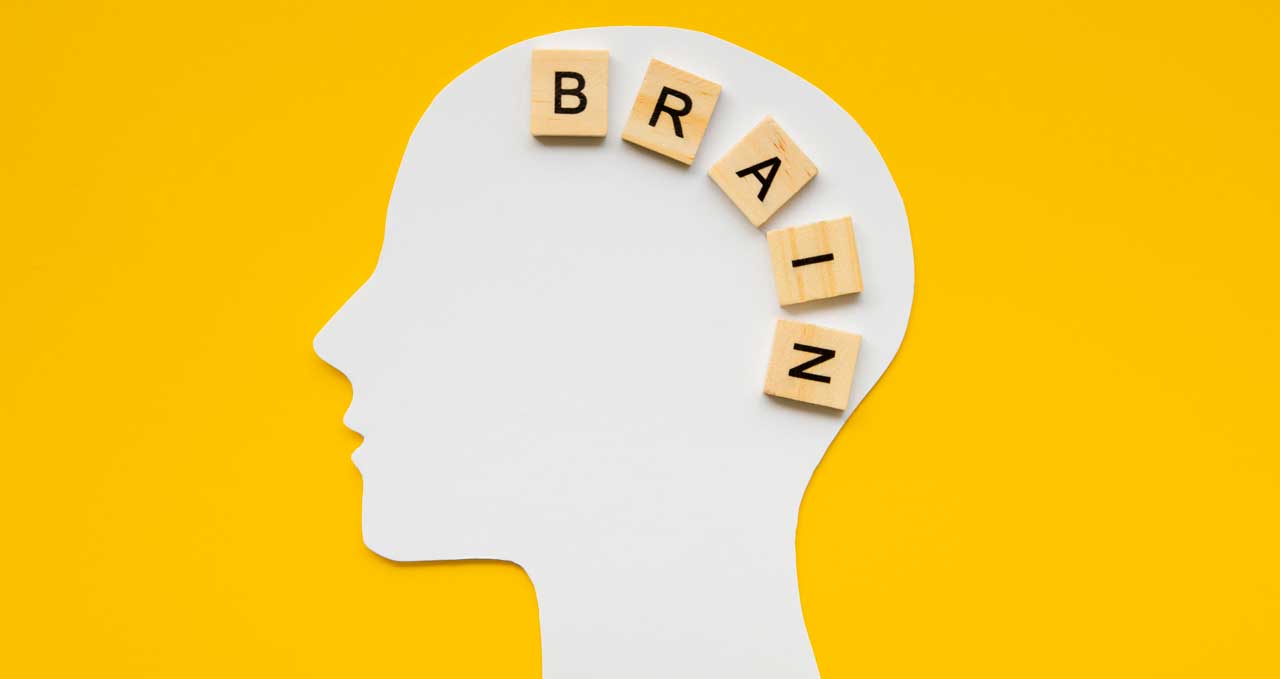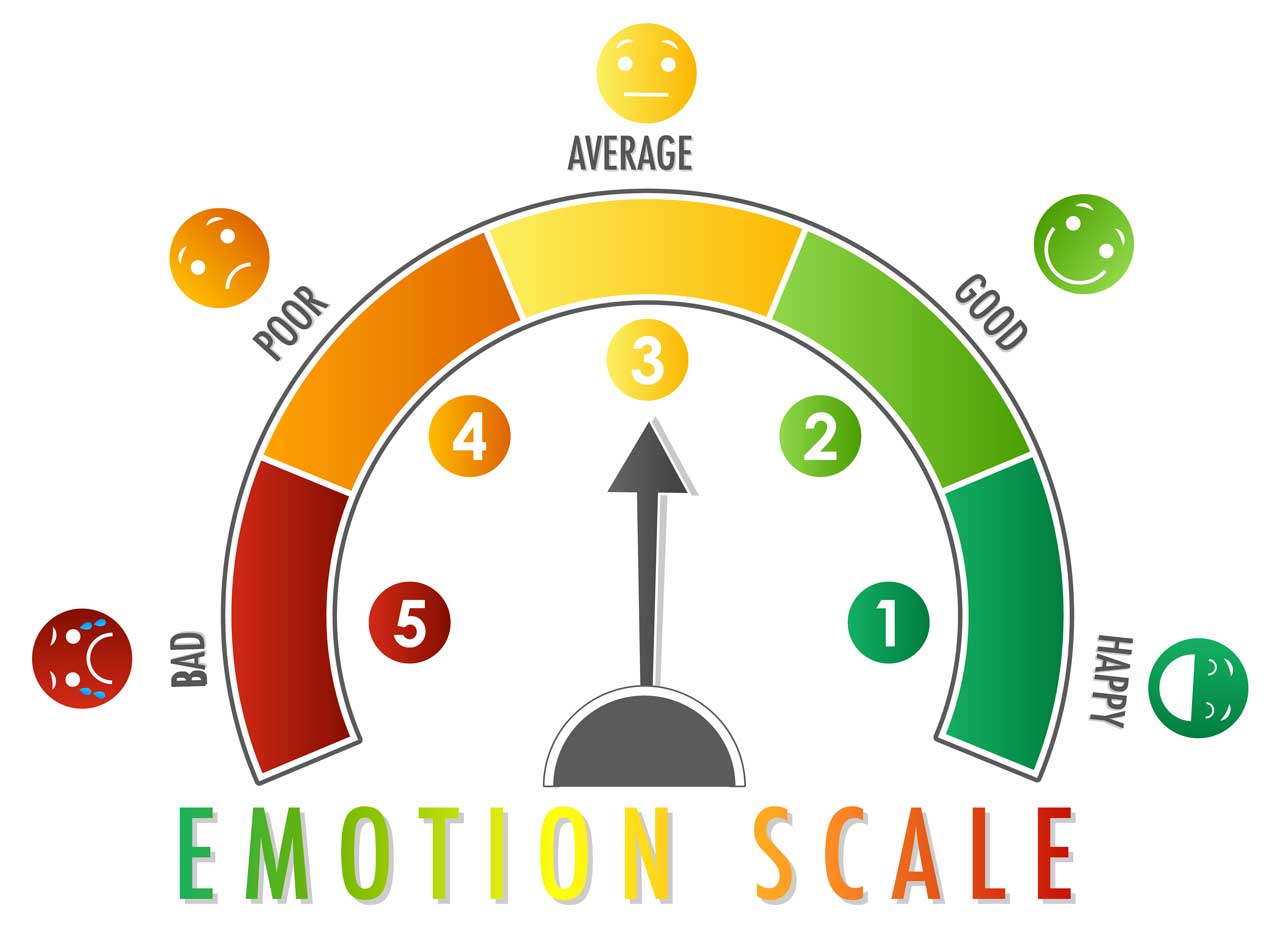
WHAT ARE MOOD SWINGS?
An abrupt, dramatic change in mood is known as a mood swing. A common phrase used to describe quickly changing, severely fluctuating emotions is “mood swing” phenomena. Mood swings are frequently described as a “roller coaster” of emotions that range from joy and pleasure to rage, impatience, and even melancholy.
Someone may be able to pinpoint the exact cause of their mood swing, such as a difficult work situation. But mood changes that happen for no apparent reason are also rather common. If a person has a mental health problem, they may even notice changes in their mood. These mood swings can be controlled by physical activity that an individual engages in. the following paper explains how.
HOW EXERCISE HELPS MENTAL HEALTH?
The role of physical exercise in controlling mood swings is pivotal and aligns with your expertise in psychology, counseling, and related fields. Physical exercise plays a vital role in mood regulation by offering several mechanisms for managing and controlling mood swings effectively:
Neurotransmitter Regulation: Physical exercise triggers the release of neurotransmitters like endorphins, serotonin, and dopamine. These chemicals are known to enhance mood and create feelings of well-being. Regular exercise helps maintain a balanced neurotransmitter system, which can contribute to mood stability and control.
Stress Reduction: Exercise is a powerful stress-reducer. It helps lower the body’s stress hormones, such as cortisol, and promotes relaxation. By managing stress, exercise can prevent mood swings triggered by stressful situations.

Emotional Release: Physical activity provides a healthy outlet for emotions. When individuals engage in exercise, they can release pent-up emotions and tension, reducing the likelihood of abrupt mood swings.
Routine and Structure: Establishing a consistent exercise routine can provide structure in one’s daily life. This sense of routine can help individuals maintain emotional stability and control by reducing unpredictability.
Self-esteem Boost: Achieving fitness goals through exercise can boost self-esteem and self-confidence. This heightened self-worth can provide individuals with better emotional resilience and control over their moods.
Enhanced Emotional Awareness: Engaging in physical activity encourages mindfulness and a stronger mind-body connection. This increased awareness of emotions can help individuals recognize mood swings early and take proactive steps to manage them.
Social Support: Participating in group exercises or team sports can foster social interactions and a sense of belonging. These social connections provide emotional support and can help individuals better cope with mood swings through the support of peers.
HOW EXERCIES KEEPS ONE HAPPY:
Exercise can contribute to happiness in several ways:
Release of Endorphins: Physical activity stimulates the release of endorphins, which are often referred to as “feel-good” hormones. These endorphins can create a sense of euphoria and happiness during and after exercise.
Reduction of Stress: Exercise helps reduce the body’s stress hormones, such as cortisol. Lower stress levels are associated with increased feelings of happiness and relaxation.

Improved Mood: Regular exercise has been shown to improve mood and reduce symptoms of depression and anxiety. It can help individuals feel more positive and content.
Enhanced Self-esteem: Achieving fitness goals and seeing improvements in physical fitness can boost self-esteem and self-confidence, leading to greater overall happiness.
Better Sleep: Physical activity can improve the quality and duration of sleep, and good sleep is closely linked to happiness and emotional well-being.
Social Interaction: Participating in group exercises or team sports can provide opportunities for social interaction, fostering a sense of belonging and happiness.
RESEARCH THAT SUPPORTS THE IDEA:
The following researches were done to support that exercise does have an effect on the mood swings:
PHYSICAL ACTIVITY IS RELATED TO MOOD STATES, ANXIETY STATE AND SELF-RATED HEALTH IN COVID-19 LOCKDOWN:
This study aimed to explore the connection between physical activity, mood, and self-rated health during the COVID-19 lockdown in Spain (March-April 2020). It involved 328 participants aged 19-59 (63.70% female, 36.30% male). Researchers used an associative, comparative, and predictive approach, employing the International Physical Activity Questionnaire (IPAQ), Profile of Mood State (POMS), State-Trait Anxiety Questionnaire (STAI), and General Health Questionnaire GHQ−12. Results from correlation and linear regression analyses showed a positive link between physical activity, health perception, and mood. Notably, moderate physical activity outperformed vigorous activity as the sole predictor of anxiety (R = 0.22; R2adjusted = 0.05; F = 15.51; p < 0.001). Mood also correlated with perceived health. These findings suggest that engaging in moderate physical activity during similar situations may alleviate negative psychological impacts and enhance overall mental well-being. Future studies should consider participants’ employment status for potential variations.

FOX, K. (1999). THE INFLUENCE OF PHYSICAL ACTIVITY ON MENTAL WELL-BEING:
The case for exercise and health has primarily been made on its impact on diseases such coronary heart disease, obesity and diabetes. However, there is a very high cost attributed to mental disorders and illness and in the last 15 years there has been increasing research into the role of exercise a) in the treatment of mental health, and b) in improving mental well-being in the general population. There are now several hundred studies and over 30 narrative or meta-analytic reviews of research in this field. These have summarized the potential for exercise as a therapy for clinical or subclinical depression or anxiety, and the use of physical activity as a means of upgrading life quality through enhanced self-esteem, improved mood states, reduced state and trait anxiety, resilience to stress, or improved sleep. The purpose of this paper is to a) provide an updated view of this literature within the context of public health promotion and b) investigate evidence for physical activity and dietary interactions affecting mental well-being.
CONCLUSION:
 In conclusion, the research presented strongly supports the notion that physical exercise has a significant effect on mood swings. The evidence demonstrates that engaging in regular physical activity can help stabilize and improve one’s mood, providing a valuable tool for managing mood swings and promoting emotional well-being. This finding not only underscores the vital connection between physical health and mental well-being but also highlights the practical application of exercise as a therapeutic strategy for individuals dealing with mood swings, further emphasizing its relevance in the fields of psychology, counseling, and mental health.
In conclusion, the research presented strongly supports the notion that physical exercise has a significant effect on mood swings. The evidence demonstrates that engaging in regular physical activity can help stabilize and improve one’s mood, providing a valuable tool for managing mood swings and promoting emotional well-being. This finding not only underscores the vital connection between physical health and mental well-being but also highlights the practical application of exercise as a therapeutic strategy for individuals dealing with mood swings, further emphasizing its relevance in the fields of psychology, counseling, and mental health.
Ms. Sumaiya Ilyas
Assistant Psychologist @Islaah
